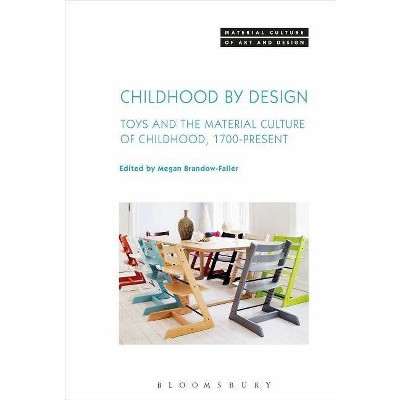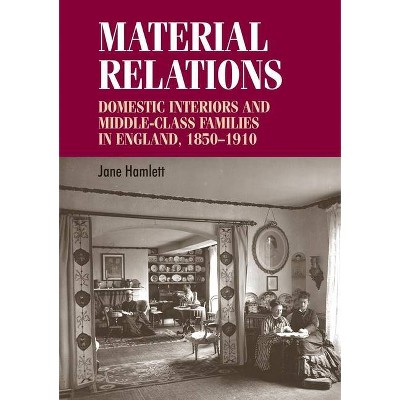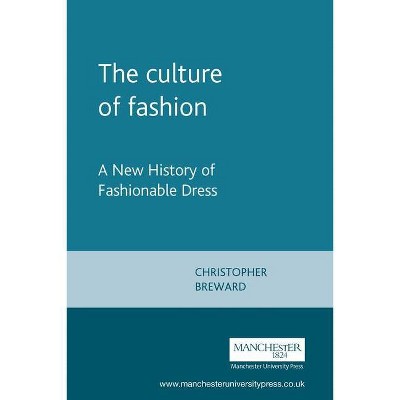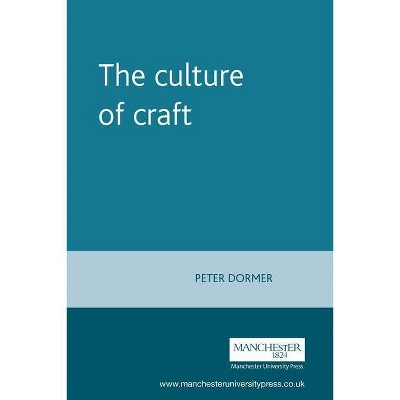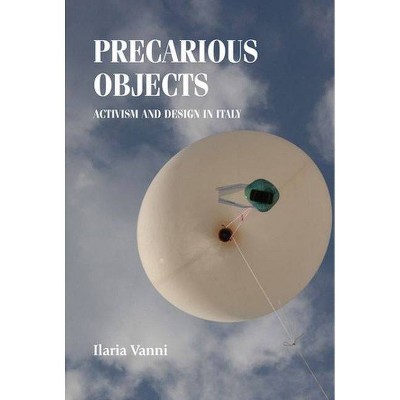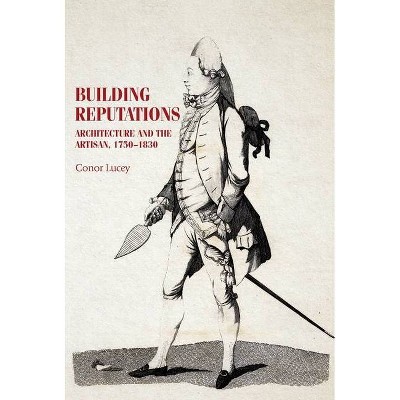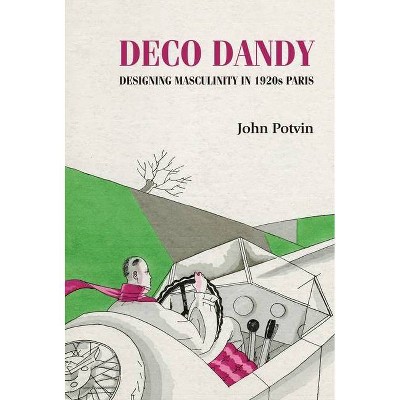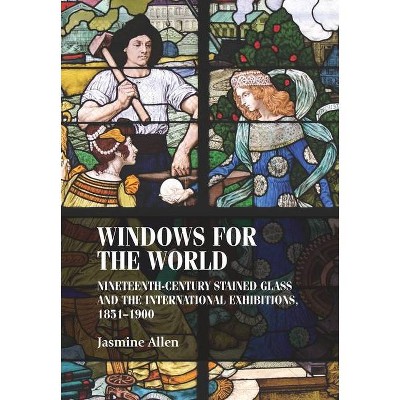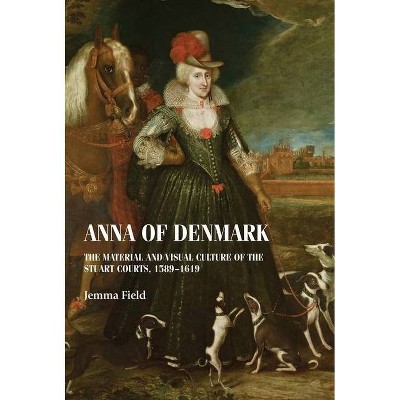Childhood by Design Toys and the Material Culture of Childhood, 1700-Present - (Material Culture of Art and Design) by Megan Brandow-Faller
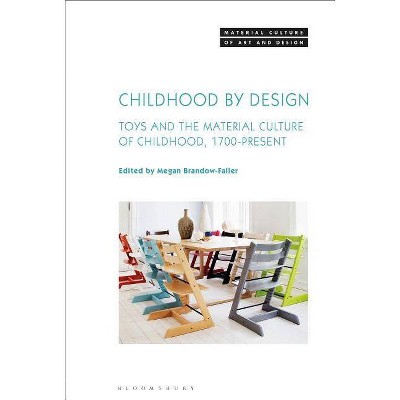
Similar Products
Products of same category from the store
AllProduct info
<p/><br></br><p><b> Book Synopsis </b></p></br></br>Informed by the analytical practices of the interdisciplinary 'material turn' and social historical studies of childhood, <i>Childhood By Design: Toys and the Material Culture of Childhood</i> offers new approaches to the material world of childhood and design culture for children. This volume situates toys and design culture for children within broader narratives on history, art, design and the decorative arts, where toy design has traditionally been viewed as an aberration from more serious pursuits. The essays included treat toys not merely as unproblematic reflections of socio-cultural constructions of childhood but consider how design culture actively shaped, commodified and materialized shifting discursive constellations surrounding childhood and children. Focusing on the new array of material objects designed in response to the modern 'invention' of childhood-what we might refer to as objects for a<i> childhood by design</i>-<i>Childhood by Design</i> explores dynamic tensions between theory and practice, discursive constructions and lived experience as embodied in the material culture of childhood. Contributions from and between a variety of disciplinary perspectives (including history, art history, material cultural studies, decorative arts, design history, and childhood studies) are represented - critically linking historical discourses of childhood with close study of material objects and design culture.<br/>Chronologically, the volume spans the 18th century, which witnessed the invention of the toy as an educational plaything and a proliferation of new material artifacts designed expressly for children's use; through the 19th-century expansion of factory-based methods of toy production facilitating accuracy in miniaturization and a new vocabulary of design objects coinciding with the recognition of childhood innocence and physical separation within the household; towards the intersection of early 20th-century child-centered pedagogy and modernist approaches to nursery and furniture design; through the changing consumption and sales practices of the postwar period marketing directly to children through television, film and other digital media; and into the present, where the line between the material culture of childhood and adulthood is increasingly blurred.<p/><br></br><p><b> Review Quotes </b></p></br></br><br><i>Childhood by Design</i> expands upon a common body of research that includes work by Gary Cross, Miriam Forman-Brunell, and Brian Sutton-Smith and, like their books often did, it should prove fascinating to students as well as to scholars. And, also as their work did, <i>Childhood by Design</i> poses some new directions in material culture studies.<br/>American Journal of Play<br><br><i>Childhood</i><i> by Design</i>takes toys seriously as material embodiments of cultural and political values capable of shaping children's beliefs through play. Yet in its careful treatment of design, the volume explores not only toys' intended uses, but also imagines the ways that children might resist, adapt, and reinterpret the cultural aims that toys seek to impart. Contributions draw upon diverse material evidence from collections around the world to produce nuanced accounts of the role of design in children's toys. Ambitious in its geographical and historical scope, this rich interdisciplinary volume combines the concerns and approaches of history, art and design history, and childhood studies in an original exploration of children's material culture.<br/>Assistant Professor of Childhood Studies, Rutgers University-Camden<br><br>This volume, edited by Megan Brandow-Faller, is a very welcome addition to the growing literature and the ensuing methodological renewal.<br/>ResearchGate<br><p/><br></br><p><b> About the Author </b></p></br></br><b>Megan Brandow-Faller</b> is Associate Professor of History at City University of New York Kingsborough, USA. She is the author of <i>The Female Secession: Reclaiming 'Women's Art' at the Viennese Women's Academy, 1897-1938 </i>(forthcoming).
Price History
Cheapest price in the interval: 40.95 on November 8, 2021
Most expensive price in the interval: 40.95 on December 22, 2021
Price Archive shows prices from various stores, lets you see history and find the cheapest. There is no actual sale on the website. For all support, inquiry and suggestion messagescommunication@pricearchive.us
